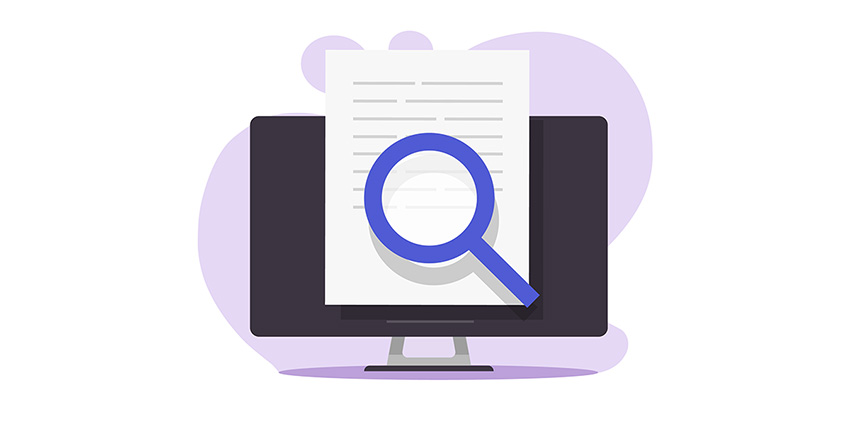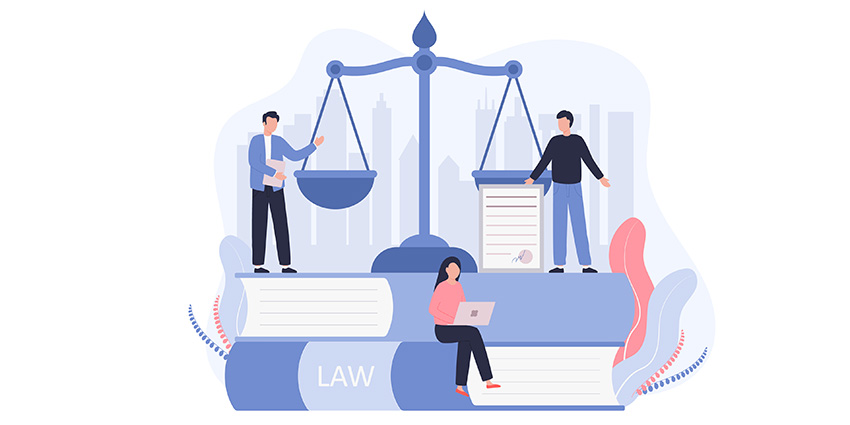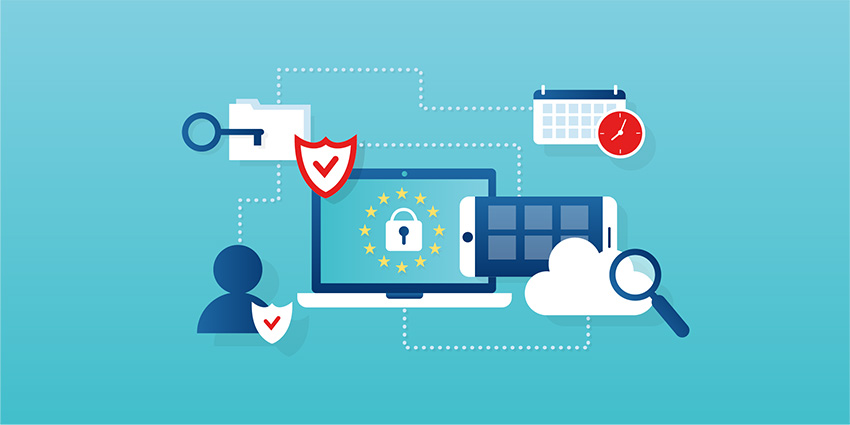A trigger event is an indicator to an ediscovery professional that a litigation matter or regulatory investigation is likely to follow, which then triggers the duty to preserve potentially relevant evidence. Essentially, a trigger event is the first domino in the chain-reaction that is litigation response and ediscovery.
Why is Recognizing a Trigger Event So Important
The duty to preserve data after a trigger event is critical, because in civil litigation, justice depends on complete information. If a party fails to recognize a trigger event and doesn’t implement preservation efforts quickly enough, critical evidence can be lost or spoliated.
Without that evidence, the court hearing the case may be unable to discern what actually happened between the parties. Therefore, the court has the authority to impose costly sanctions against a party that fails to preserve evidence. These sanctions can range from monetary penalties to jury instructions about the loss of evidence or even judgment against the spoliating party.
Just as critically, an organization that has been wronged, or wrongfully accused, needs complete and accurate information so that it can prosecute the case or defend itself.
How to Recognize a Trigger Event
Before all of that, let’s start with recognizing the trigger event. A preservation obligation arises “when an organization is on notice of a credible probability that it will become involved in litigation, seriously contemplates initiating litigation, or when it takes specific actions to commence litigation.” Evaluating a trigger event is therefore a fact-based inquiry, based on what is known (or should have been known) at the time.
So, how does an organization decide which of these events in fact triggers the obligation to preserve electronically stored information (ESI)?
The first step in this process should be knowing how you will identify and evaluate trigger events, including who is responsible for making the decision and how that person will be informed of potential trigger events.
Knowing Who Should Respond When
For example, who should respond in the following situations:
- A disgruntled employee threatens to sue the organization?
- A business deal goes south?
- The organization discovers that a competitor is infringing on its intellectual property?
In each case, it is often a business manager — someone in the line of duty — who first becomes aware of the potential for litigation. The employees who encounter these situations must be trained to recognize and report events that may trigger the duty to preserve so that the legal department can make a final determination.
But when does a situation rise to the level of triggering a duty to preserve evidence? At times, there may be a clearly recognized event: the receipt of a complaint or demand letter, notice of a lawsuit, or initiation of a regulatory action (e.g., an Equal Employment claim). Or it may be something less black and white, such as an ongoing contract dispute, an employee complaint, or a customer concern.
The instigating event may be related to other actions, like a third-party subpoena request where the organization has the potential to become a party to the litigation or a regulatory inquiry that suggests potential litigation. To deal with all of these possibilities, the organization should identify the general types of events that may trigger a duty to preserve and then map how each such event will be brought to the attention of legal counsel in a timely manner.
Once the organization has identified potential trigger events, it must evaluate each individual incident to determine if preservation is necessary. An effective data preservation plan should take into consideration the decision process that the organization will use and should ensure that the decision-maker clearly documents the rationale and outcomes of these evaluations.
These considerations may include the nature and specificity of the claim, the person or entity making the claim, the likelihood that that person or entity will indeed file a claim, or the existence of similar claims that the organization has knowledge or information about (through industry press coverage or regulatory actions, for example). Vague threats lacking in detail or recurring threats that have never given rise to litigation may not represent the type of situations that lead to a “reasonable anticipation of litigation” and thus may not create a duty to preserve.
Remember that the duty to preserve evidence attaches equally to the plaintiff in a lawsuit. When the organization itself reasonably anticipates that it may initiate litigation due to an event or issue, or when it is actively contemplating legal action, its preservation obligation is triggered.
Here’s a quick rule of thumb for determining when a preservation duty has attached: when an attorney would seek “work product” protection, the client at least anticipates that litigation is possible.
Beyond Recognizing the Trigger Event
Because trigger events can happen in any department or division, all employees need to be trained on how to recognize them. In short, organizations that are aware of potential trigger events and that respond quickly and appropriately are likely to fare better in resulting litigation than those that do not.
Recognizing a trigger event is only the first step; without follow through, that recognition is meaningless. When a trigger event occurs, an organization must take action to preserve information that is likely to be relevant to that dispute. A legal hold advising employees to retain information is a common first step in effective preservation. Organizations must also suspend their routine data-destruction policies.
How to Recognize Trigger Events Moving Forward
In conclusion, as mentioned earlier, the critical moment occurs when a party can “reasonably anticipate” that litigation will follow. This doesn’t, of course, happen in every disagreement. Some disputes are easily resolved; others—even if heated—are worth so little money that they are unlikely to result in litigation.
Trigger Event Cheat Sheet
Trigger events range from the obvious to the nuanced and may occur when an organization:
- is served with notice that a lawsuit has been filed against it
receives a preservation letter demanding that it retain evidence for upcoming litigation - discovers that a former employee has begun a business that likely violates a noncompete agreement
- learns that an employee has complained about persistent sexual harassment in the workplace
- or reads that an accident involving one of its products has resulted in a serious injury
As we stated above, some trigger events are black and white, while others are various shades of gray. As a rule, it is generally better to be cautious and initiate preservation too early.
Glossary definition
A trigger event is the point in a dispute when someone can reasonably anticipate that litigation will ensue; it initiates the duty to preserve potentially relevant evidence.




